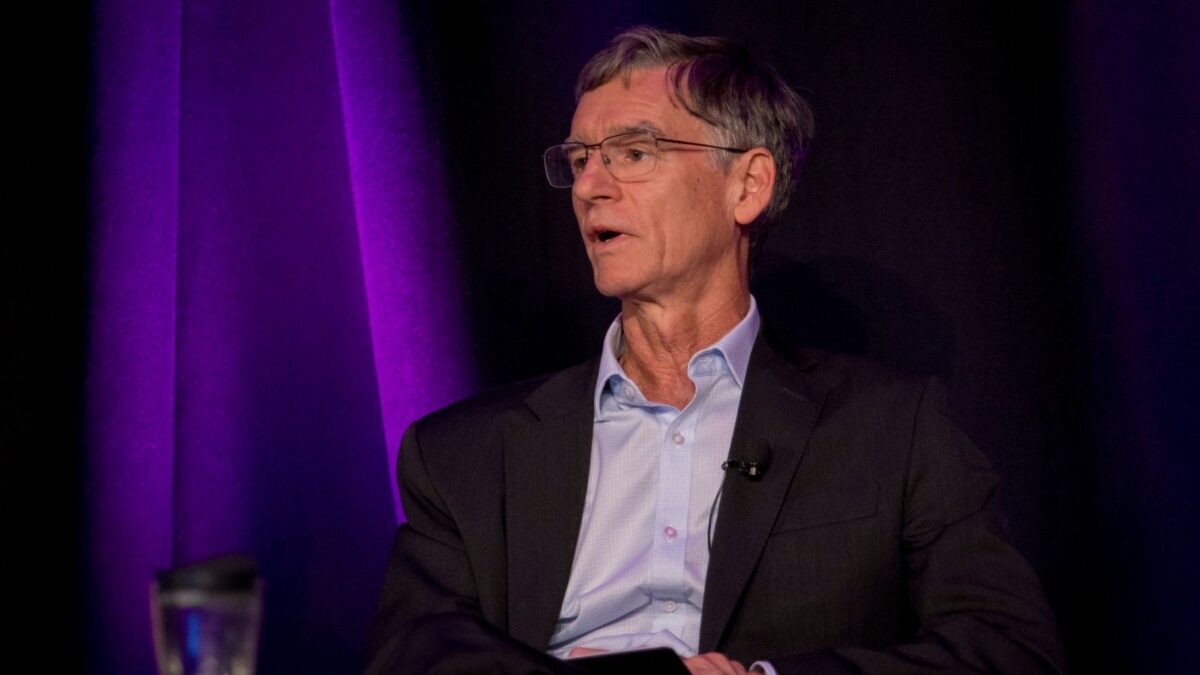For total portfolio approach to succeed, funds need more than good intentions
Total portfolio approach (TPA) is an investment strategy where the overall risk-return profile is optimised by considering the relationships between investments rather than focussing on individual asset classes or investments in isolation. Its advocates estimate that it can add an extra 50-100 basis points of outperformance, and while super funds are somewhat limited in their ability to deploy it, they’re increasingly adopting it as an investment philosophy.
But wanting to use total portfolio approach is impossible without a total portfolio view – as Aware Super discovered when it embarked on Project Odin, an investment data transformation project meant to underpin its growth to $300 billion in assets under management.
“What became really clear to us was that the investment platform we were currently operating wasn’t fit for purpose for that vision of Aware Super,” Michael Clavin, Aware’s head of income and markets, told the ASFA conference on Thursday. “We needed an end-to-end data solution that incorporated both our listed and unlisted assets. The real gap that we had when we looked at a total portfolio view, not even the approach, was the data we were receiving on our unlisted assets and a system gap that would allow us to put the listed and unlisted assets in a digestible format for teams that look over the entire portfolio.
“Those teams aren’t just looking at the sectors; they’re teams like our investment strategy team, our markets team, which does exposure management and rebalancing, and our CIO. Those are the three biggest consumers of whole-of-fund data. We wanted our team to be able to make better, more informed investment decisions in a more expedient manner.”
To get their data, most funds will start with what they see as their “source of truth” – the custodian. But before they get that data they should know what they’re going to do with it.
“When you engage with that data and try and enrich it so that it can be used by the investment team, that alone is a big undertaking… but you really need to know what your end state is and what your target operating model is to decide what tools and data you need. If you don’t know what the end use of that data is going to be you’re probably not going to be very successful at getting that data right.”
Still, super funds are not the Future Fund, a vocal proponent of TPA but also one unconstrained by YFYS and RG97. It can afford years of underperformance in certain asset classes – and make the decision to allocate more to them. Super funds can’t.
“With YFYS, one of the things that we’re very deliberate about is where we want to take active risk and where we don’t,” said Brighter Future CIO Mark Rider. “You want to get the best performance you can but you have a number of constraints you’re dealing with – we generally run a fairly constrained tracking error, we’ve got a specific fee budget, there are degrees of illiquidity… we’re trying to build a portfolio subject to all of those and generate the best returns, but we’re not free to do what we like.
“We’re not the Future Fund where you could have a fee of 2 per cent; it wouldn’t look very good on a heat map. Members can pull their money out and get it back in three days… but that doesn’t stop you making decisions – do I want to be active or passive? Can I focus more of my risk and fee budget where I have a better chance of beating the benchmark?”
Rider said the Brighter Super team isn’t doing what TPA practitioners like the Future Fund, New Zealand Super or TCorp are doing – they’re just trying to better understand the portfolio and build one that’s more resilient.
“The best way to understand that is – you’ve got different asset classes, so what’s driving them? How are they interacting with other parts of the portfolio? And that’s what we’re doing… We do build the portfolio within an SAA framework, but we’re attempting to join it all together… When I talk about TPA, it’s a thought process – the way you go about building it, and it’s just about trying to build a better, more resilient portfolio. Why completely silo it up and ignore the bits when ultimately, what does the member get? They get the option.”
As part of its embrace of TPA – and the sweeping restructure of its investment function – Rest had to look at it from a “member perspective, from a product perspective and a total asset class perspective”.
“Our approach to total portfolio management was bringing it together as a whole fund – bringing the member into the investment management story,” said Rest chief risk officer Gemma Kyle. “We brought in a consultant, Ashby Monk, to have a look at our structure and how we would go about building an investment team. We then recruited the first chief investment officer we ever had, and Andrew Lill then went about building an investment management capability where we’re slowly starting to bring investments in-house.”
To guide that strategy, Rest considers what it calls “the five Ds”: deglobalisation, decarbonisation, demographics, digitisation and debt
“We looked at those thematics for how we structure our portfolio and our strategic asset classes to see where our competitive advantage is, because we’re planning over such a long time horizon. When you take in that long time horizon, risk is, at its most basic form, the impact of uncertainty on objectives; it’s a measure. It’s not the subject of an assessment, it’s the outcome of an assessment.
“We have very sophisticated analytical models where the more data you have, the better. How much risk? What’s my tracking error? But the further out you go, you enter into the world of uncertainty, and an economist will tell you that you can’t measure uncertainty… But that’s what we’re looking at as long-term investors.”











